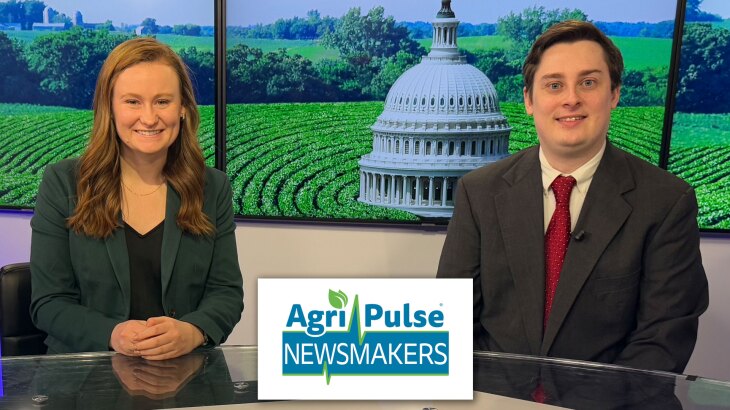We are celebrating National Dairy Month on the farm with a look at impressive technology that is advancing production like never before. The Virginia Farm Bureau shows us how some farms make the most of technology with robotic milkers.
“We’ve automated every other industry, why not dairy?” said Dirk Smiley of C&C Farmers Supply, who started carrying robotic milkers in 2011.
Smiley said there was an adoption phase when he started selling the high-priced machines. At first, his customers questioned whether the machines would work at all. Now, he says, their questions mostly center around how to operate the machines at peak efficiency.
Protecting Dairy Legacies in Virginia
Last year, 386 dairy farms operated across the Commonwealth of Virginia. However, according to the most recent Census of Agriculture, the state lost 238 dairies between 2017 and 2022.
Over the last decade and a half, these robotic milking machines have become a lifeline for the dairy industry, alleviating the strain of rising labor costs and falling milk prices while increasing production efficiency.
Brothers Jeremy and Brandon Moyer, fifth-generation farmers at Oakmi Dairy Farm, have milked their 330 cows with robotic machines for four years.
“Before we were milking in a parlor, which is a room where the cows come in twice a day,” Moyer explained. “They get milked, they leave, and they come in in groups — and that was a very rigid time. Normally, 12 hours between the milkings. Once we transition to this, it is very flexible on the timing of when we have to do things for the cows. Also, the cows milk 24 hours a day.”
Depending on her milk production levels, a cow can enter the machine twice to five times daily. Each session lasts about seven minutes.
Using a robotic milking system can still present some challenges. Robots can cost anywhere from $150,000 to $200,000 each. Also, older cows aren’t always as quick to adapt to the new system, which can sometimes decrease their milk production.















